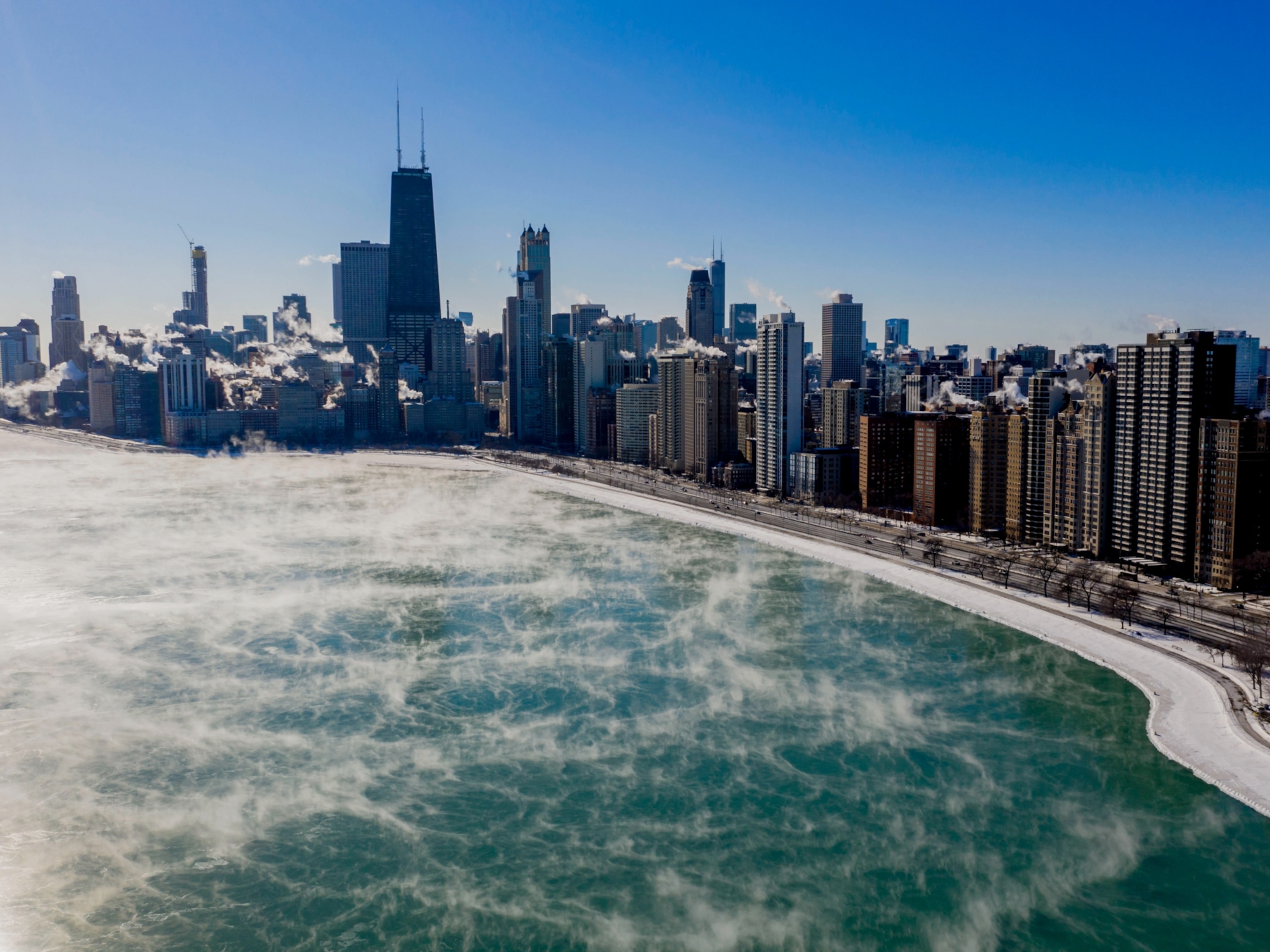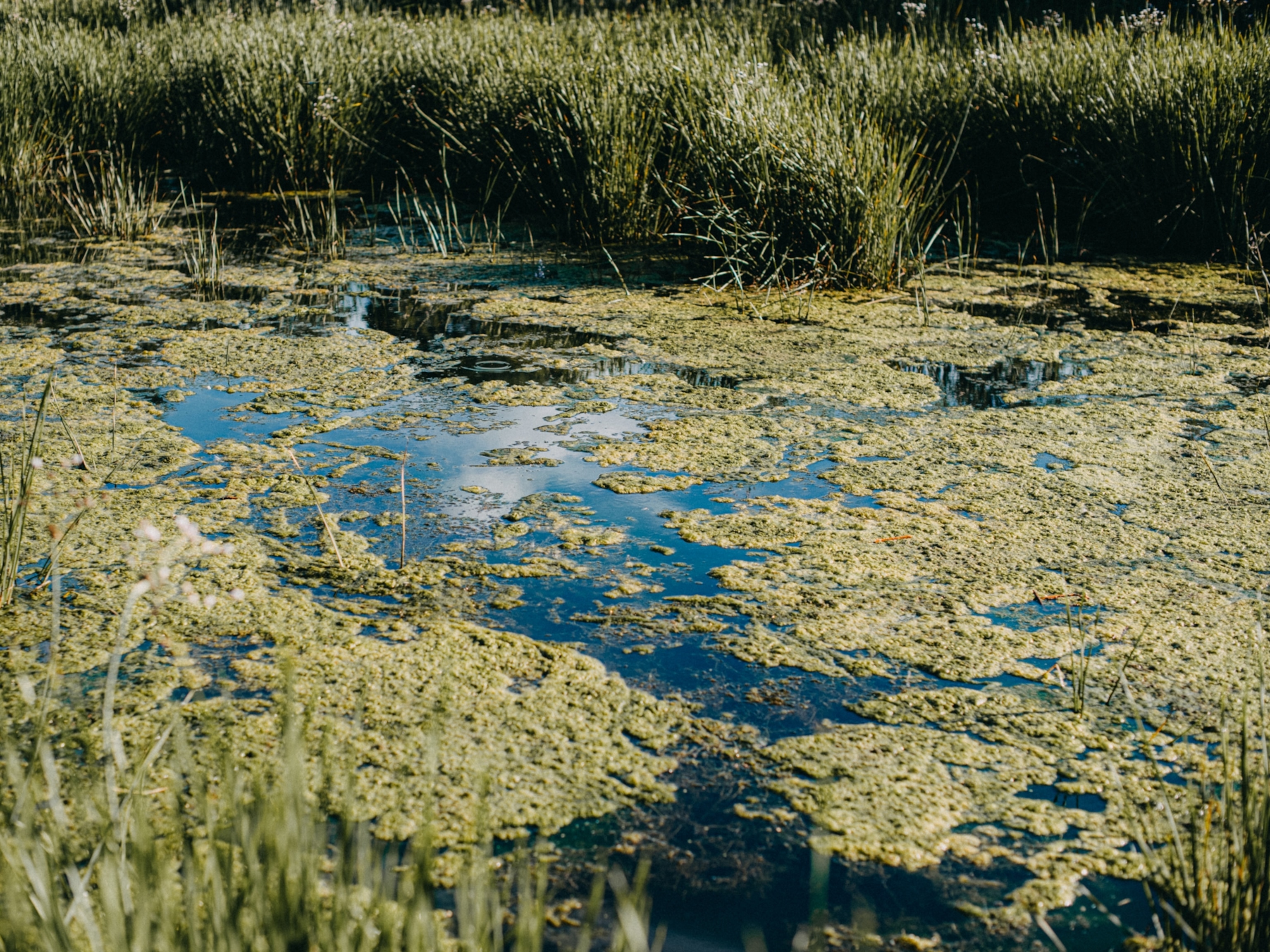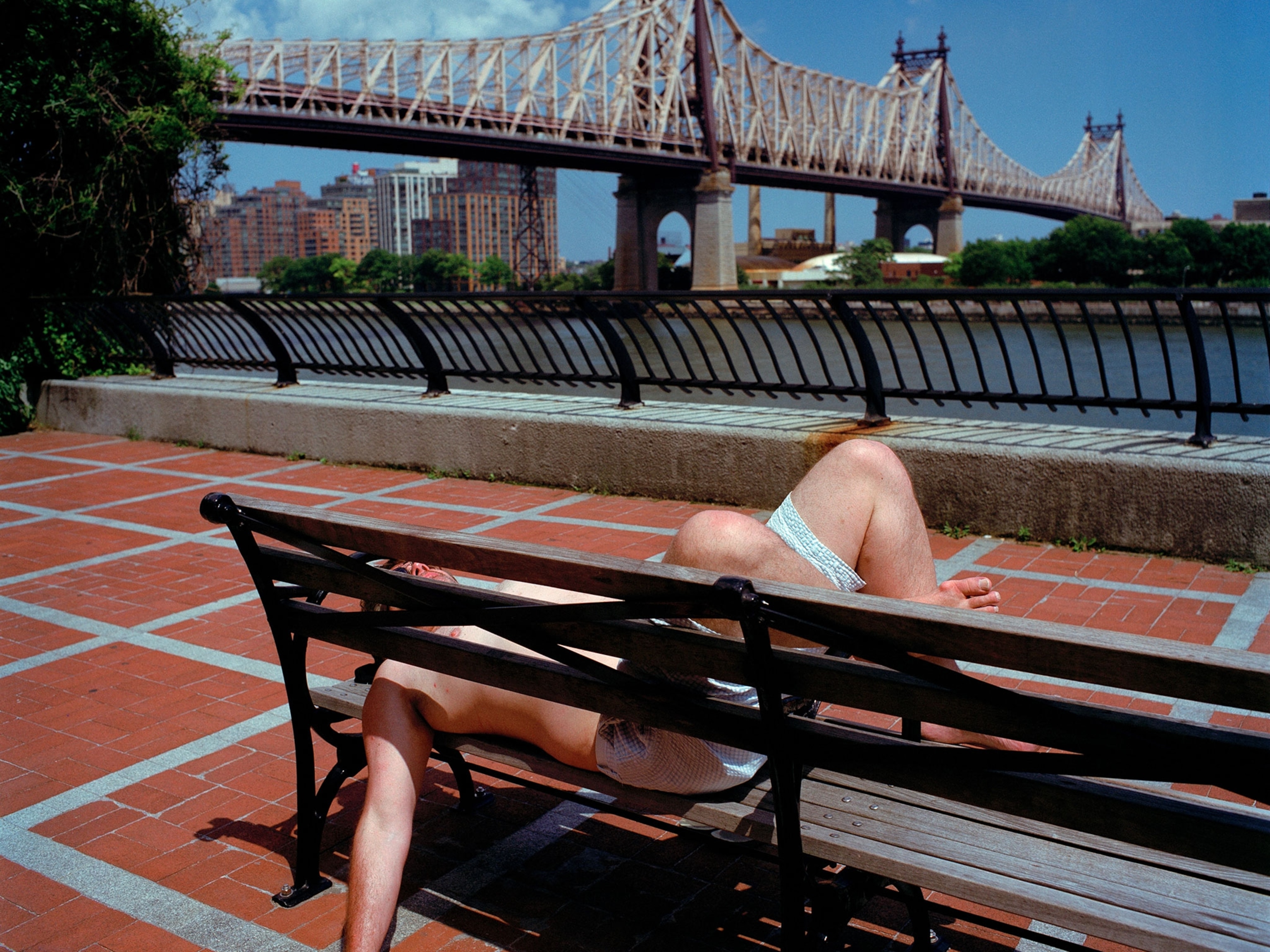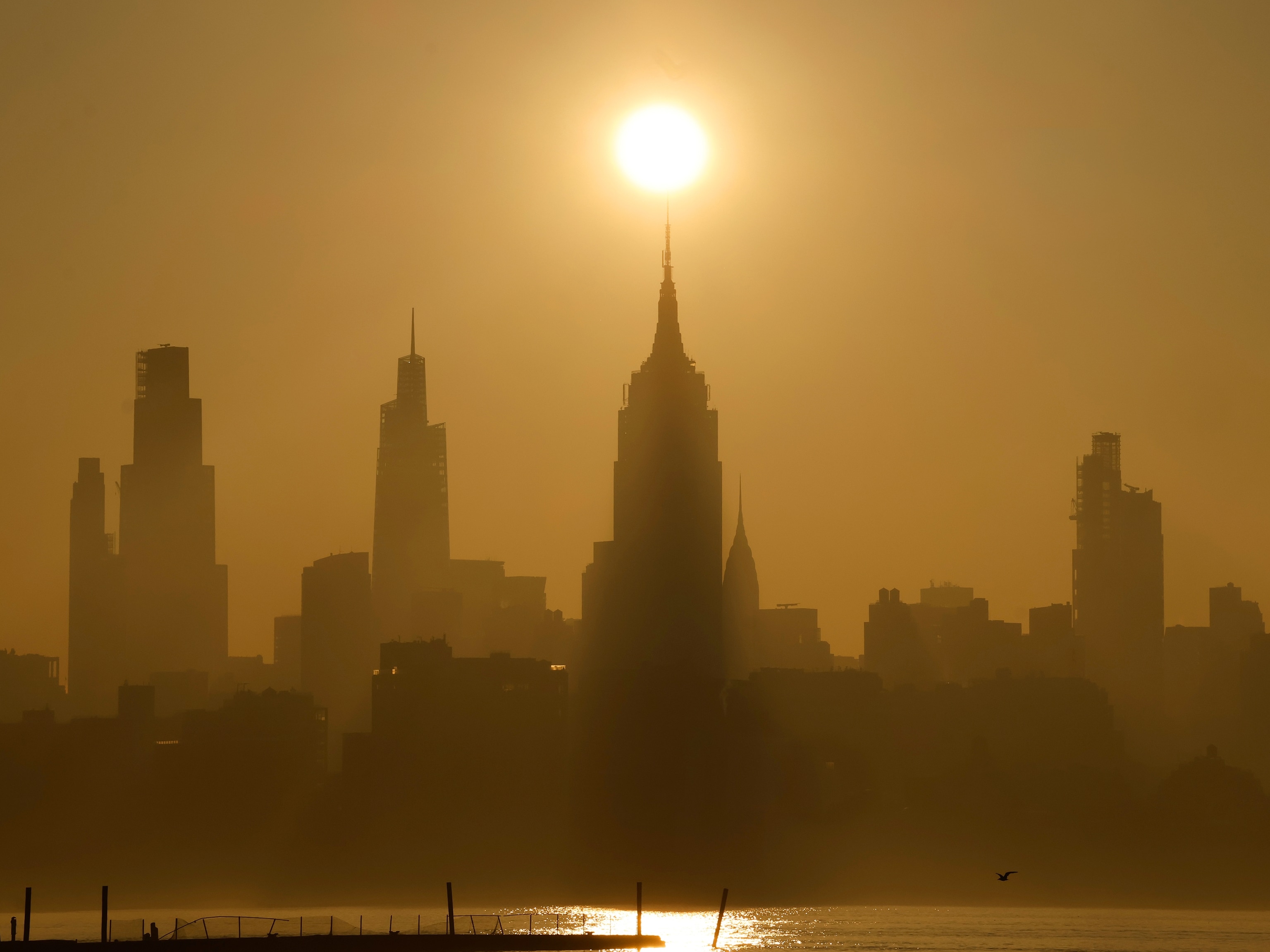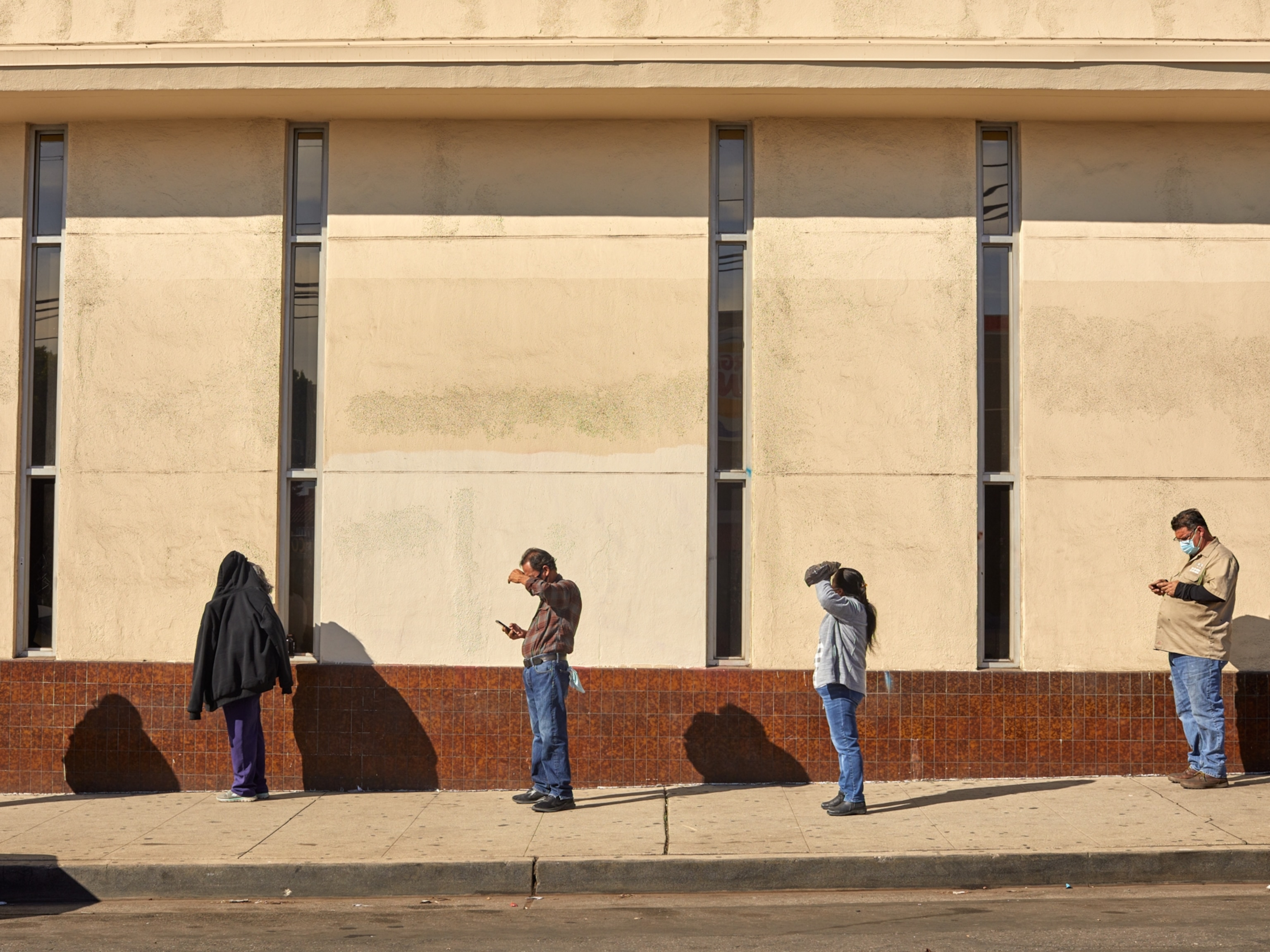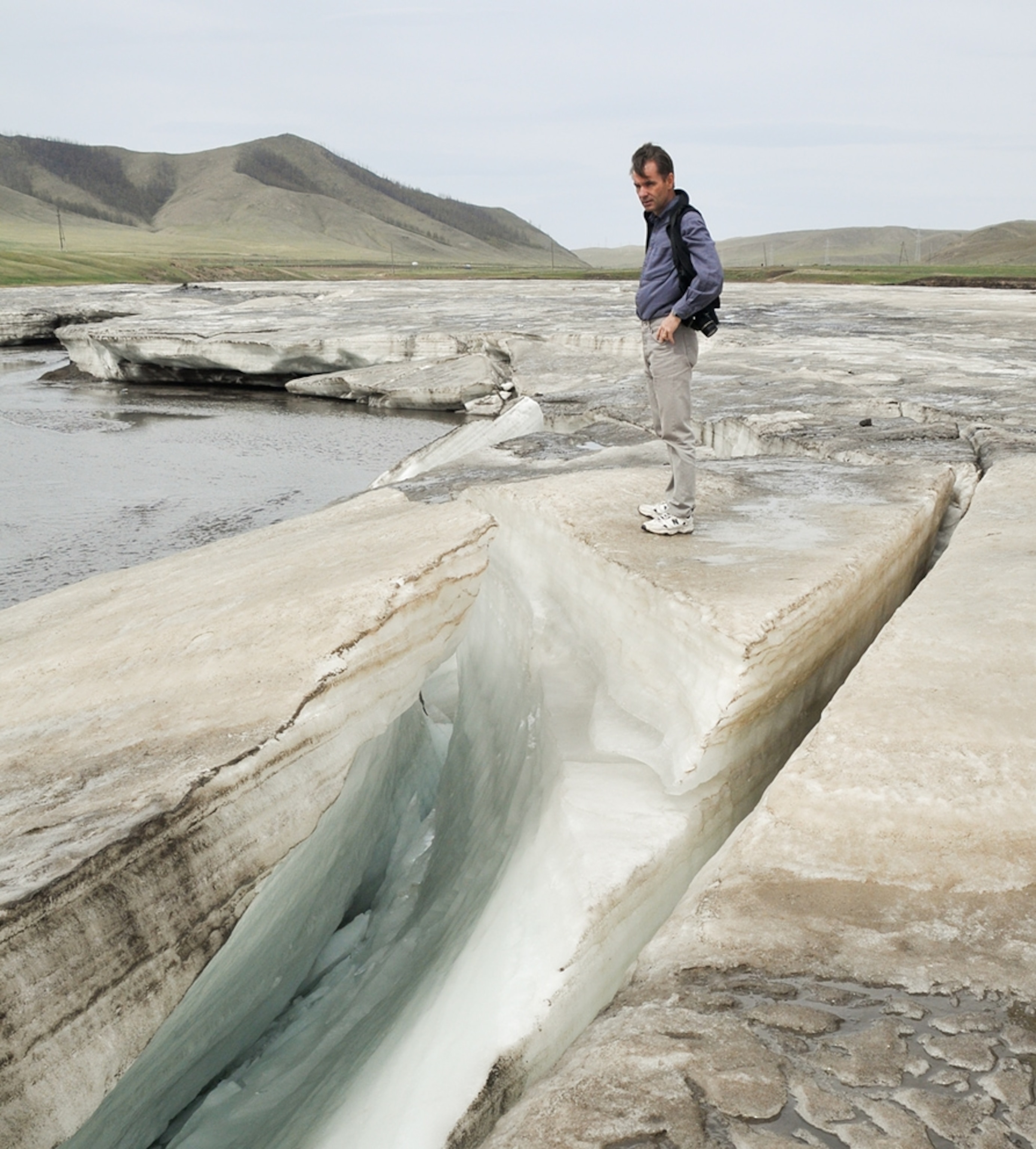
"Ice Shield" Experiment Aims to Cool Mongolian City
Plan would boost natural river ice to combat warming temperatures.
Mongolia hopes to beat global warming by growing an "ice shield" that would cool its capital city, Ulaanbaatar (pictures).
The shield would be an enhanced version of thick ice sheets that naturally form over rivers during winter. These sheets, which can grow up to 23 feet (7 meters) thick, are known in Mongolia and Russia as naleds, and in Alaska and Scandinavia as aufeis—German for "ice on top."
The ice sheets form under certain conditions—very cold temperatures and fast-flowing rivers—when water under the existing ice cover bursts through the cracks and freezes at the surface. (See river pictures.)
Layer after layer of the ice builds up to form a sheet that typically melts away each summer—though, if it's thick enough, the sheet will sometimes last through the summer.
Many of Mongolia's nomadic herders are moving off the steppe and into cities, especially as warmer temperatures are drying up grasslands, which provide food for the country's livestock. (Read more about how Ulaanbaatar is modernizing in National Geographic magazine.)
In the past 60 years, Mongolia has warmed about 3.4 degrees Fahrenheit (1.9 degrees Celsius)—about three times faster than Earth has warmed on average.
To help Ulaanbaatar's growing population keep cool, a British-Mongolian venture called the EMI-ECOS Consortium will soon launch a one-billion tugrik (U.S. $750,000) experiment to grow larger naleds on the Tuul River (map), the Guardian newspaper reported in November.
Ice Shield Would Combat Urban Heat
For the proposed plan, engineers would grow thicker naleds by drilling holes in the ice and pumping water to the surface of the ice sheet, where the water would freeze and form thicker, longer lasting ice.
The hope is that this ice could cool the nearby capital, partially countering the effect of global warming as well as the "urban heat island" effect, in which cities are usually warmer than surrounding areas.
Such artificial naleds could "create cool parks to combat urban heat islands," EMI-ECOS Consortium's lead researcher geologist Robin Grayson wrote in 2010 in Mongolia's World Placer Journal.
By tweaking local temperatures, this sort of microclimate engineering is reminiscent of geoengineering proposals that would purportedly change the temperature of the whole planet.
(Related "Five Last-Ditch Schemes to Avert Warming Disaster.")
Caribou Air-Conditioning May Not Cut It
But some experts are skeptical the naleds would chill the air enough to make a difference throughout the city.
Though the air is definitely cooler above these ice sheets, the cooling effect tends to be more localized,
Large ice sheets such as glaciers can create chilly winds that cool the surrounding area—but only up to about a third of a mile (half a kilometer) away, noted Marc Olefs, a meteorologist and glaciologist at Austria's Central Institute for Meteorology and Geodynamics.
To cool Ulaanbaatar, the naleds would have to be in the right spot for winds to blow across the ice before reaching the city.
Aufeis expert Douglas Kane, of the University of Alaska in Fairbanks, has also seen caribou stand on aufeis in the middle of a river as a way of escaping mosquitoes, which dislike cooler temperatures.
To get such an air-conditioning effect, "you could go sit on the aufeis," Kane said, "but that's probably not what the [ice-shield planners] had in mind."
In addition this method of growing naleds seems to be untested so far, meterologist Olefs added. He has studied efforts to preserve glaciers by covering them with special blankets and is familiar with efforts to grow snow on glaciers for ski slopes in Germany's Black Forest.
But "I haven't heard of any idea relating river-ice manipulation to climate change issues before," Olefs said.
(See pictures: "Seven Emergency Climate Fixes.")
White Roofs a Better Cooling Option?
To cool Ulaanbaatar, another option might be to collect cool water from the melting naleds and pipe it through the city—something Sweden is already doing with stored up snow.
(Read about cities as solutions in National Geographic magazine.)
But "the investment is much bigger," Olefs admitted, and would likely be a hurdle for a poor country such as Mongolia.
The ice-shield proposal sounds similar to other ideas for geoengineering, noted Hashem Akbari, an expert on urban heat islands at Concordia University in Quebec, Canada.
But many of these climate-manipulation plans could have negative side effects, Akbari said.
Growing thicker, longer lasting naleds, for example, could affect life in the rivers or water supplies downstream, experts say.
But there are other ways of cooling a city that'd be relatively cheap and free from unintended effects, Akbari added.
In particular, painting roofs white and using light-colored pavement can cool cities and lower the need for air conditioning—a time-honored way of staying cool that could be used more widely.
"The world has thousands of years of experience with this—with no negative side effects."

